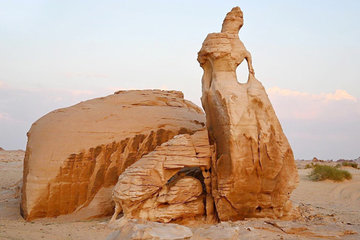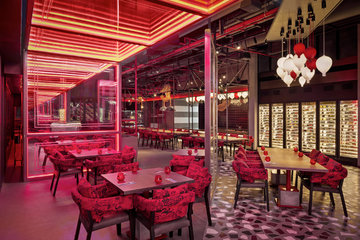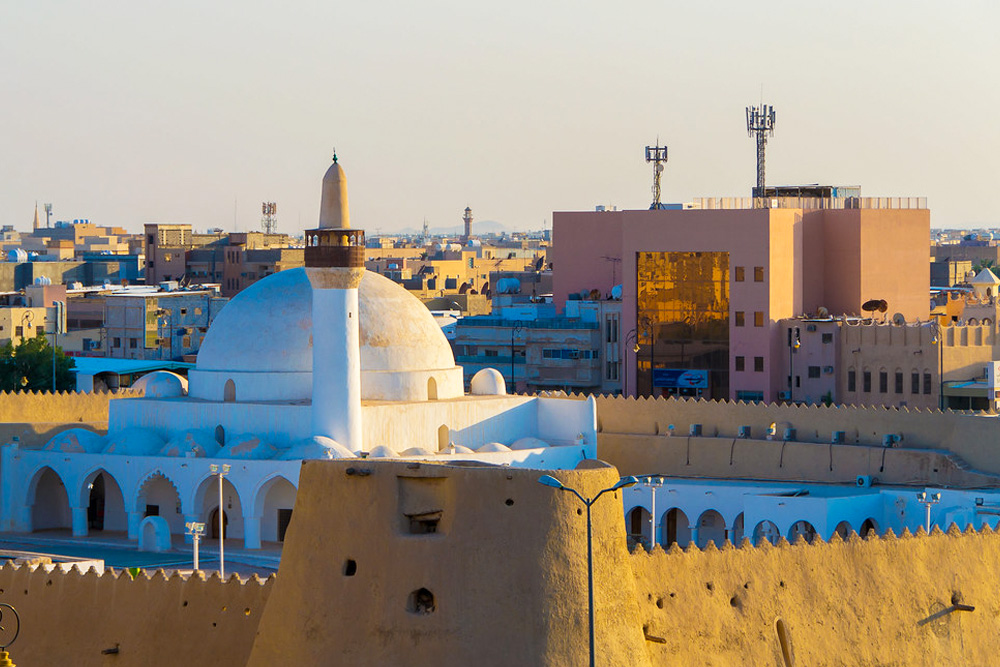
In 2018, Saudi Arabia’s Al Ahsa oasis became the fifth location in the Kingdom to be registered as a UNESCO World Heritage Site, and Ibrahim Palace became one of 12 sites designated as world heritage within Al Ahsa, with good reason. Built in 1556 during Ottoman rule of the region, sitting in a strategic location said to be one of the most important commercial roads in the world at the time, Ibrahim Palace is a beautiful and distinct structure, described as a combination of Islamic and military styles of architecture.
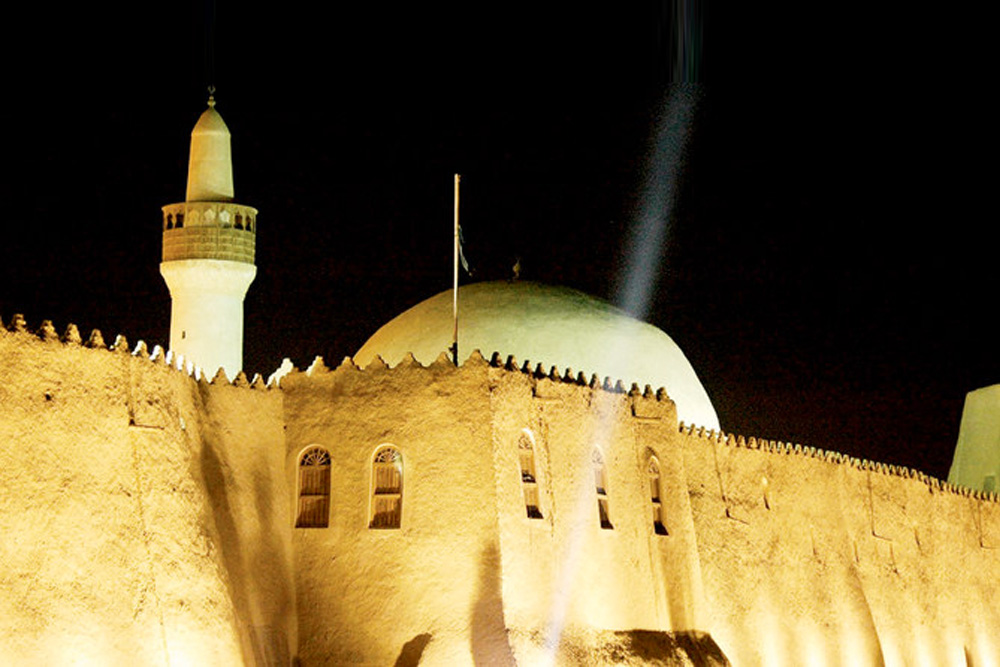
Its combined styles are evident in its arches, domes, mihrab, and minaret that are mixed with its huge towers, barracks, and horse stables, surrounded by a fortified enclosure. Indeed, Ibrahim Palace was initially built as a military barracks for the Ottomans and also had a domed mosque in its original design. Over the next century, it was expanded into a castle, a prison, and had a bathhouse. In April 13, 1913, the palace was seized by King Abdulaziz Al Saud, known as the first monarch and founder of Saudi Arabia.
This historical castle and fort, which is located in Alqoat neighborhood of Hofuf, Al-Ahsa, sprawls over 16,500 square meters. It was renovated in 1801 by governor Ibrahim Ibn ‘Ufaysan, who many believe the castle was eventually named after. In 2019, the Saudi Commission for Tourism and National Heritage announced plans to restore the space and preparing its main square for the tourism activities and festivals. Reports also claim that two exhibition rooms will be installed as part of renovation plans.
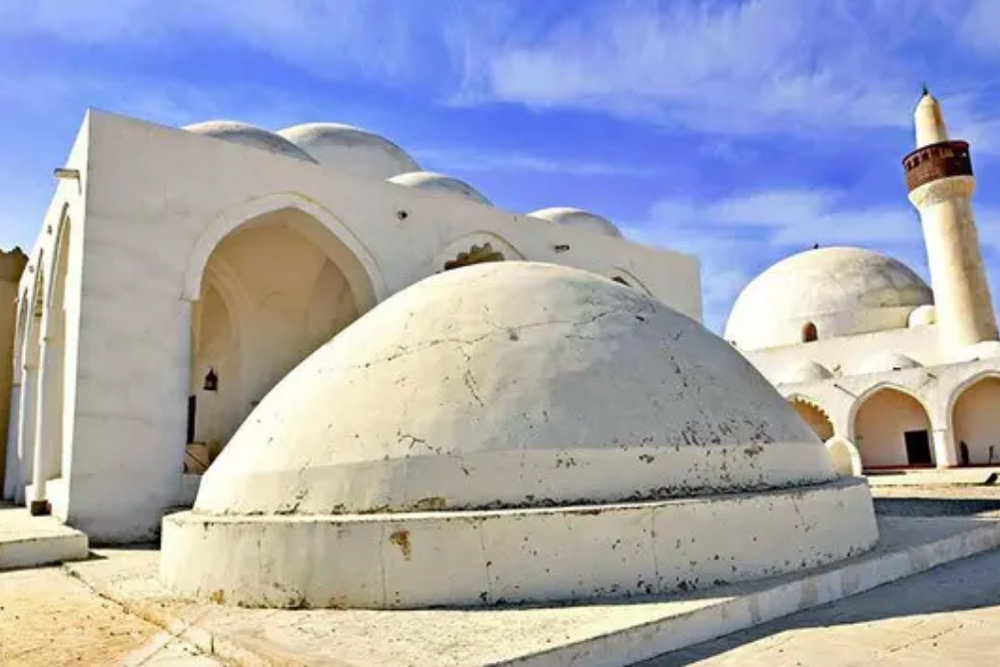
Image via Al Arabiya
Not only will visitors to Ibrahim Palace be charmed by its grounds and history, the region in which the palace is located is also striking and was voted in 2019 as a tourism capital in the region. Al-Ahsa is renowned for its magnificent palm trees, cave-filled mountains, and distinct archaeological sites. It is also home to hot sulfur springs such as Ain Najem, as well as cold springs such as Ain Ali and Bani Maan.

